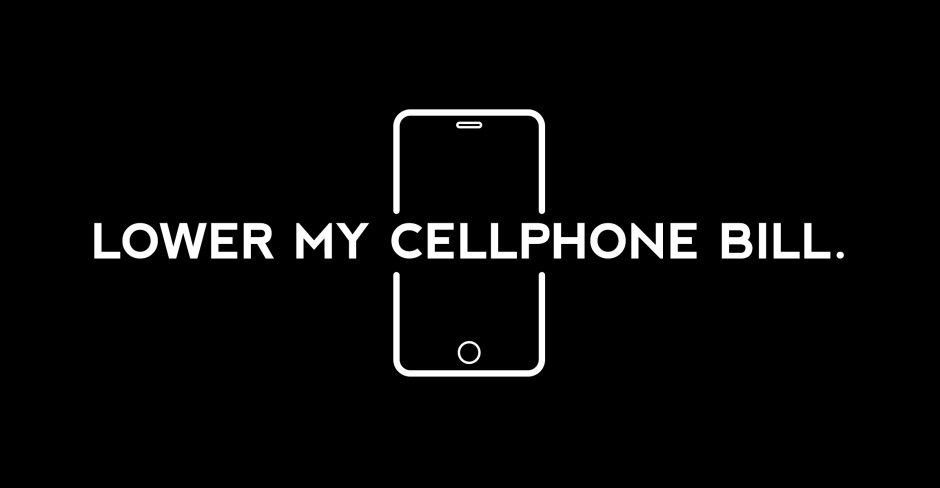It’s time to lower your cell bill
A CRTC consultation has a great potential to open our wireless market to more competitors and finally bring Canadians relief from ever-rising cellphone bills.
When small Canadian cell provider Sugar Mobile started offering cellphone plans for $19/month it was unheard of — and unsurprisingly short lived, and Sugar ended up at the CRTC as Rogers challenged the practice.
As an MVNO — a Mobile Virtual Network Operator — Sugar was accessing Rogers’ infrastructure, re-selling service to customers at a lower price. But when challenged by Rogers at the CRTC, Sugar lost their ability to roam on Rogers’ network. And now, we’re back at the CRTC for reconsideration, thanks to our Innovation, Science, and Economic Development Minister, Navdeep Bains.
So what exactly did Sugar do wrong? And why is the CRTC hearing this case again?
At OpenMedia, we have long been supporting MVNOs as one feasible wireless solution in a heavily restricted market dominated by a triopoly of big companies. It makes good sense that smaller competitors who do not have the means to invest in developing their own physical facilities would purchase wholesale access from bigger providers. There are hundreds of MVNOs operating in the U.S. and the UK, where an unlimited data plan can amount to roughly $30/month — on average a quarter of what Canadians pay.
Sugar Mobile, in its short life, was using cellular data delivered through Rogers’ network thanks to an agreement between Rogers and Sugar’s parent company, Ice Wireless. Importantly, in making use of this agreement, Sugar was operating on a loophole, seeing as Ice only operates in northern Quebec, Yukon, the Northwest territories, and Nunavut. When it was in operation, Sugar customers were using a Rogers roaming network whenever they leave their home network, and Sugar was marketed and sold outside of its home network.
In its previous decision the CRTC ruled that Sugar can no longer access Rogers’ roaming network to provide permanent, rather than incidental, wireless service.
And this is the decision that is now being re-examined. As the official Notice for Consultation on the issue reads, what is up for consideration is whether “broadening the definition of “home network” to consider other forms of connectivity, such as Wi-Fi, would have a positive impact on the affordability of retail mobile wireless services to consumers in Canada.”
Changing the definition of “home network” would mean that facilities and built infrastructure may not be a requirement for a network — instead software may be recognized as infrastructure. This way, smaller competitors who cannot invest in building their own towers may get a chance to feasibly compete in a market dominated by the Big Three companies controlling cell access in Canada.
With this decision — MVNOs may actually become an option in Canada!
The CRTC is accepting comments in advance of their September 8 hearing date. We want you to help us to fill the public record with the voices of Canadians who are tired of these ever-rising fees. We need your voice to help us make this crucial change in Canada’s wireless market.
You can submit your comment today at www.lowermycellbill.ca. We know the answer to Canada’s cell affordability problem is more competition.
One in five Canadians do not have a home Internet connection, and that number rises to one in three low-income Canadians. This cannot be the case anymore. Your voice is key to telling the CRTC: Canadians need affordable wireless options NOW.



 Take action now!
Take action now!
 Sign up to be in the loop
Sign up to be in the loop
 Donate to support our work
Donate to support our work